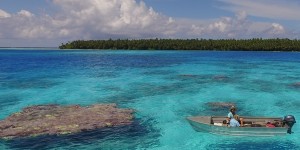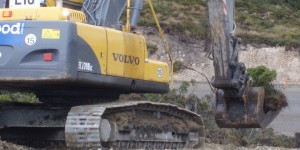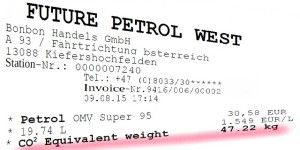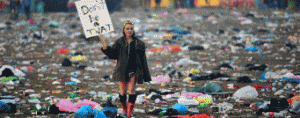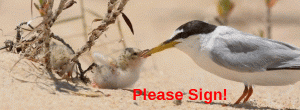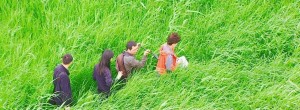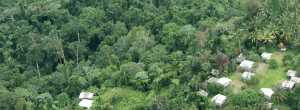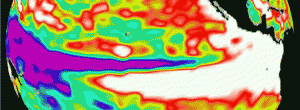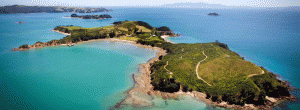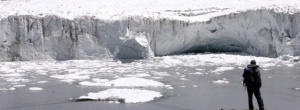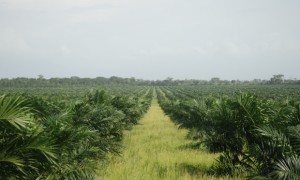Habitats are those places where species spend part or all of their lives. Some animals and many plants remain in one locality, even if their offspring, eggs, or spores move elsewhere. Other species are mobile or migratory: using a succession of places to fulfill some life function, such as mating. Habitat loss is the greatest threat to biodiversity globally.
Habitats: each place that a species remains in for a part of its life delivers some essential function within the life-cycle. The purpose of a habitat might vary between species, for instance providing foraging resources for one species and a breeding area for another. There may be different usage patterns within the same species, such as development for juveniles and mating for adults. So one location can serve multiple purposes in the web of life. Such complexites might not be well understood. The way that species have evolved enables them to occupy certain niches. If a species has a very limited, or even unique, style of life then any disruption to their circumstances heightens their risk of extinction. The Giant Panda is a good example as it feeds only on particular types of bamboo, which also have limits to their range; if the bamboo disappears then so do the pandas. Animals that can utilise a wide variety of habitats will obviously have greater choice as to where they live; conversely species with very limited feeding or development needs might be confined to a small number of locations; as with the panda, any habitat disruption and they’ve gone.
Occupying a particular niche is not necessarily a bad thing. Take a river estuary for instance: the water might change between freshwater, to brackish, to full marine in the course of a day. This means that only those species with great osmotic tolerance can remain there, the other species may have to leave at certain times, returning later; perhaps predators are not able to remain, so the place becomes a haven too. Another factor is the weather or seasonality. Can a species use one habitat all year-round, or must it move elsewhere to avoid excessive heat, cold, deluge or drought? An animal might be resident, transient, occasional, or migratory ~ just using a location as a corridor between two other places. These migratory patterns might vary between years.
The pressures on many habitats around the world are now severe. WWF’s Living Planet Report (October 2014) included data from different projects around the world. Since 1970 over half of vertebrate wildlife has disappeared (birds, fishes, reptiles, amphibians, and mammals). The majority of losses are attributable to human activities, and habitat loss is the single greatest factor. People have spread across the face of our world: plundering, removing, despoiling, poisoning, and killing. Following behind them comes concrete and urban sprawl. Widespread building also causes habitat fragmentation and further biodiversity losses. Besides the habitat destruction caused from building, the infrastructure needed to service these ‘developments’, such as roads, street-lighting, pollution in all its forms, and large numbers of people moving around makes it very difficult for species to survive.
WWF reported that tropical areas were worse affected; and freshwater habitats the worst of the lot. For those of us who live near rivers, streams or lakes, we only need to remember how these local places have changed. Who still has eatable fish or shellfish nearby? Or are those days long gone? At the heart of riverine problems is the gross extraction of freshwater, and then pollution. Many large rivers no longer reach the ocean: most of the water is extracted for diverse purposes upstream. This then leads to problems with the river banks, beds and levees; and of course any dependent species. Freshwater only accounts for about 2% of the volume of water on Earth. The competition for it is fierce and some usage is plainly ridiculous, such as building a golf course in a desert and using tonnes of water just to keep the grass green. Compare that with the people who have to walk many kilometres every day just to find drinking water. Pollution comes in many forms: human consumer discards, sewage, toxicants, biological pathogens; and stagnation caused by eutrophication.
This then impacts on the world ocean. Out of sight, out of mind…

